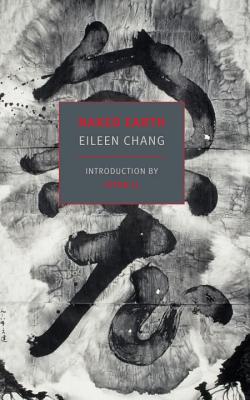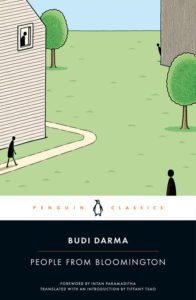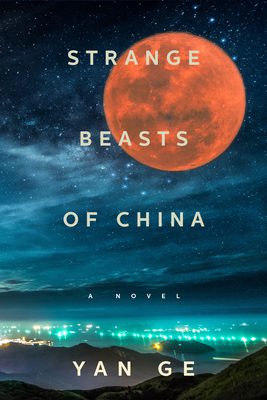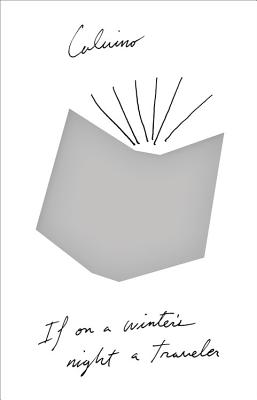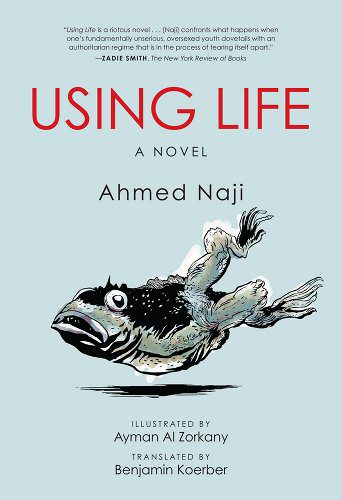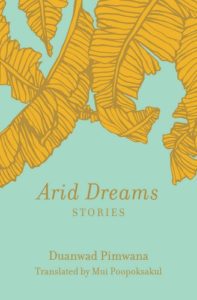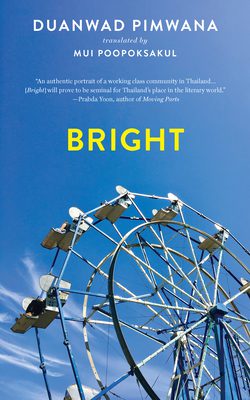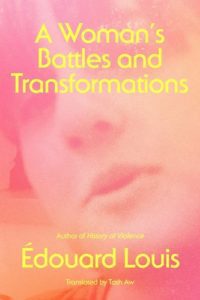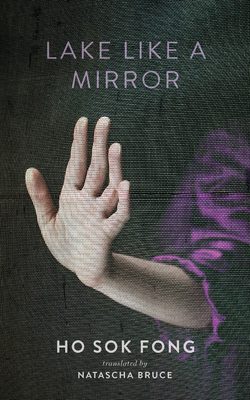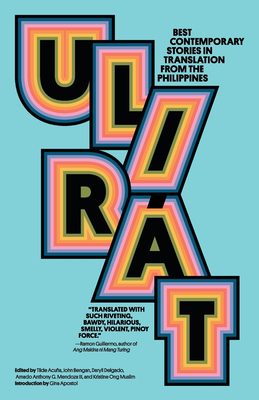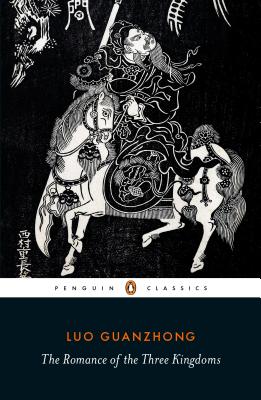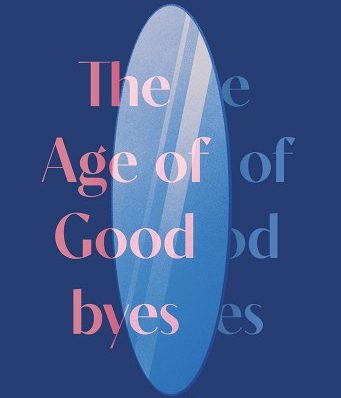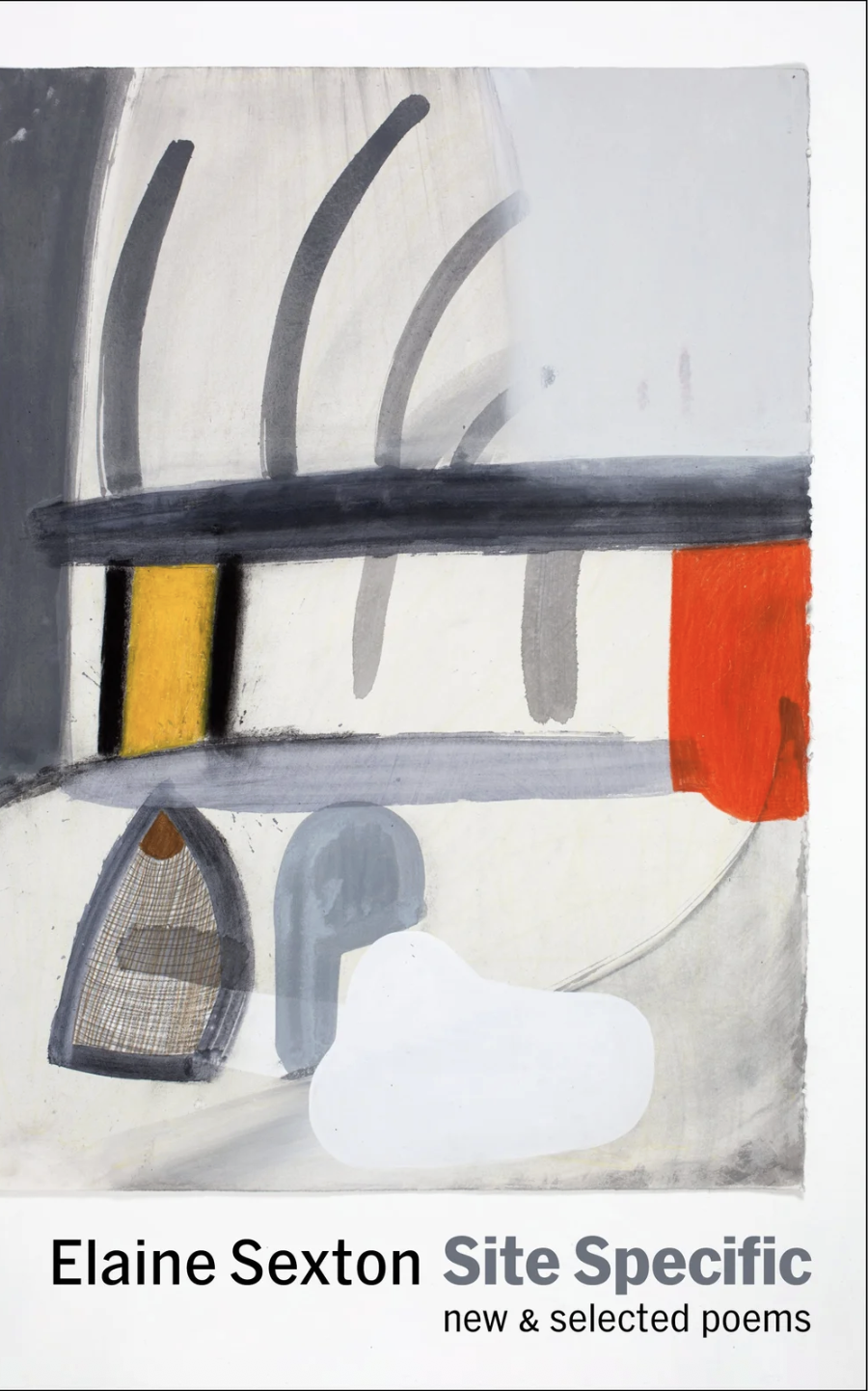I grew up without a mother tongue; I have been immersed in a multilingual environment since birth. Malaysians sometimes refer to this state of being as “rojak,” a food reference (naturally). Rojak is sweet, and tangy, and spicy. Its ingredients are eclectic and may differ each time it is prepared. To transpose it into a different context, you might think of it as a “kitchen sink” dish.
Translation feels natural to me because I have been rojak all my life, slipping between three, four, five languages. To slip is to move smoothly, even stealthily; to slip is also to tumble and trip. In the seams of my various languages I’ve slipped away into bliss, and I’ve fallen into confusion. To me, that is the beauty of rojak translation: to see plainly how languages expand us while simultaneously exposing the artifice behind our idioms, our treasured sayings, our blessings and curses.
As a teenager, I read Li Zi Shu in her original Chinese and was blown away by her inventive use of language. Her texts are an audacious blend of night market colloquialisms and deliberately-deployed purple prose. Reading her, I feel bolts of joy shoot through my hybrid self. The books below bloom my rojak heart in similar ways.
***
Naked Earth by Eileen Chang
Eileen Chang famously self-translated her works from Chinese into English, and vice versa. She didn’t see the need to translate “faithfully” when it came to her own creations, raising interesting questions about the volatility of texts, and how a work of literature is never at rest. Was Naked Earth conceived first in English, or Chinese? Is there a correct answer?
People From Bloomington by Budi Darma, translated by Tiffany Tsao
This story collection turns a misguided assumption on its head: that books in translation exist to educate, like travel guides in another form. Here, Indonesian writer Darma trains his eyes on Bloomington, Indiana, and brings it to life through a series of perceptive portrayals.
Strange Beasts of China by Yan Ge, translated by Jeremy Tiang
In a similar vein, this speculative book challenges stereotypes about what fiction from China “should” be like. Whimsical on the surface, the book is slyly hard-hitting and great fun to read.
If on a Winter’s Night a Traveler by Italo Calvino, translated by William Weaver
Like Calvino, Li makes use of frame narratives and references the book in your hands within her text. Just as being multilingual may alert us to the borders and limits of languages, metafictional techniques remind us to engage what we read with intention.
Using Life by Ahmed Naji, illustrated by Ayman Al Zorkany and translated by Benjamin Koerber
A thrilling romp through magical-realist Egypt, full of pastiches and tropes borrowed from different media. A beautiful chimera.
Arid Dreams and Bright by Duanwad Pimwana, translated by Mui Poopoksakul
I want to mention these two books as a pair because they are so different. They showcase the range of Pimwana and Poopoksakul, and caution us against essentializing an entire geopolitical region just because we have read one book, or one author, from that area.
A Woman’s Battles and Transformations by Édouard Louis, translated by Tash Aw
I think translations are infinitely enriched when there exists a personal connection between the translator and the text, as in the case of this beautifully rendered book (Louis and Aw have been friends and literary confidantes for years).
Lake Like a Mirror by Ho Sok Fong, translated by Natascha Bruce
Ho is another Malaysian author I read and admired as a teenager. Her incisive thoughts about Mahua literature will stay with me forever. “Our writing absorbs local sayings, including words from across languages and dialects, creating a hybrid style and tone. […] When writing does not come to the defense of grammar, when fiction is infused with colloquialisms, it produces a feeling at once familiar and oddly new.”
Ulirát: The Best Contemporary Stories in Translation from the Philippines edited by Tilde Acuña, John Bengan, Daryll Delgado, Amado Anthony G. Mendoza III, Kristine Ong Muslim
Anthologies are great at reminding us that monocultures don’t exist. This fantastic and often fantastical collection beautifully demonstrates how artists are always seeking to explode labels and stereotypes.
Romance of the Three Kingdoms by Luo Guanzhong
When I read this 14th century Chinese classic as a child, I thought I was reading the original. Only later did I realize that the book was written in Classical Chinese, which I could not and still mostly cannot decipher (a corollary might be discovering that The Canterbury Tales was written in Middle English). I read Romance of the Three Kingdoms in Modern written Chinese. We are constantly translating even within “our own” languages, as we navigate contexts across space and time.
To close out this wonderful list, we of course had to include YZ Chin’s newest project, The Age of Goodbyes, out now from Feminist Press. —Eds.
The Age of Goodbyes by Zi Shu Li, translated by YZ Chin
In 1969, in the wake of Malaysia’s deadliest race riots, a woman named Du Li An secures her place in society by marrying a gangster. In a parallel narrative, a critic known only as The Fourth Person explores the work of a writer also named Du Li An. And a third storyline is in the second person; “you” are reading a novel titled The Age of Goodbyes. Floundering in the wake of “your” mother’s death, “you” are trying to unpack the secrets surrounding “your” lineage.The Age of Goodbye, which begins on page 513, a reference to the riots of May 13, 1969,is the acclaimed debut by Li Zi Shu. The winner of multiple awards and a Taiwanese bestseller, this dazzling novel is a profound exploration of what happens to personal memory when official accounts of history distort and render it taboo.
***

